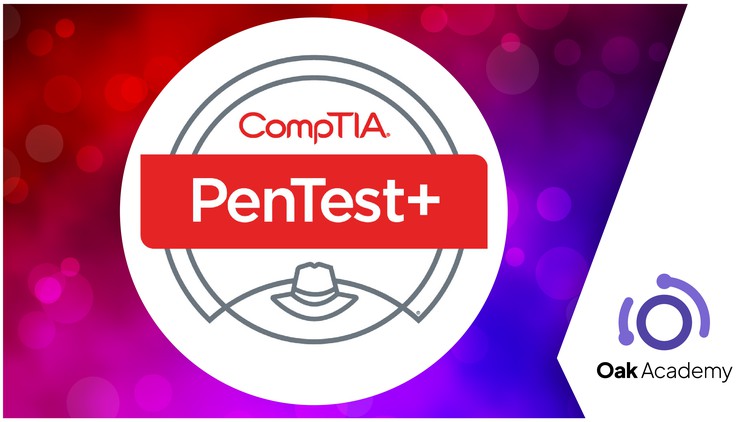در حال حاضر محصولی در سبد خرید شما وجود ندارد.

Develop your Ethical Hacking & Pentesting skills, get CompTIA Pentest+ certification and be a certified ethical hacker
در این روش نیاز به افزودن محصول به سبد خرید و تکمیل اطلاعات نیست و شما پس از وارد کردن ایمیل خود و طی کردن مراحل پرداخت لینک های دریافت محصولات را در ایمیل خود دریافت خواهید کرد.


Kotlin | Develop Android Apps with Kotlin & Jetpack Compose

Complete Machine Learning & Data Science with Python | A-Z

کورس کدنویسی TypeScript و React

Artificial Intelligence with Machine Learning, Deep Learning

Ethical Hacking: Network Scan Nmap& Nessus| Network Security

Generative AI for Data Analysis and Engineering with ChatGPT

Cloud Computing | Cloud Computing Basics for Comptia Cloud+

HackTheBox & TryHackMe- Cyber Security Upskilling Platforms

CCNA Labs – Cisco Packet Tracer with Networking Practices

Complete Web Application Hacking & Penetration Testing
✨ تا ۷۰% تخفیف با شارژ کیف پول 🎁
مشاهده پلن ها